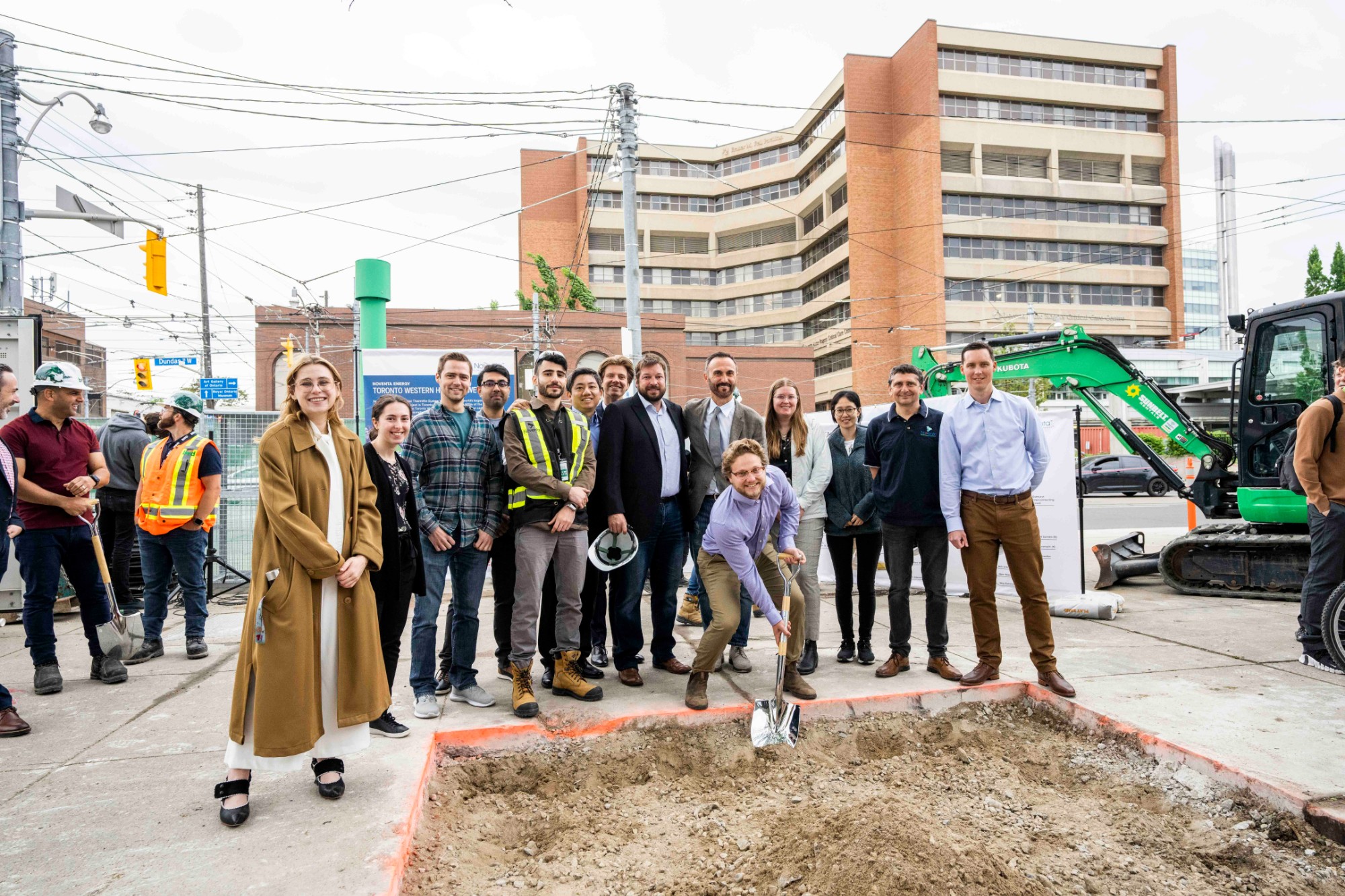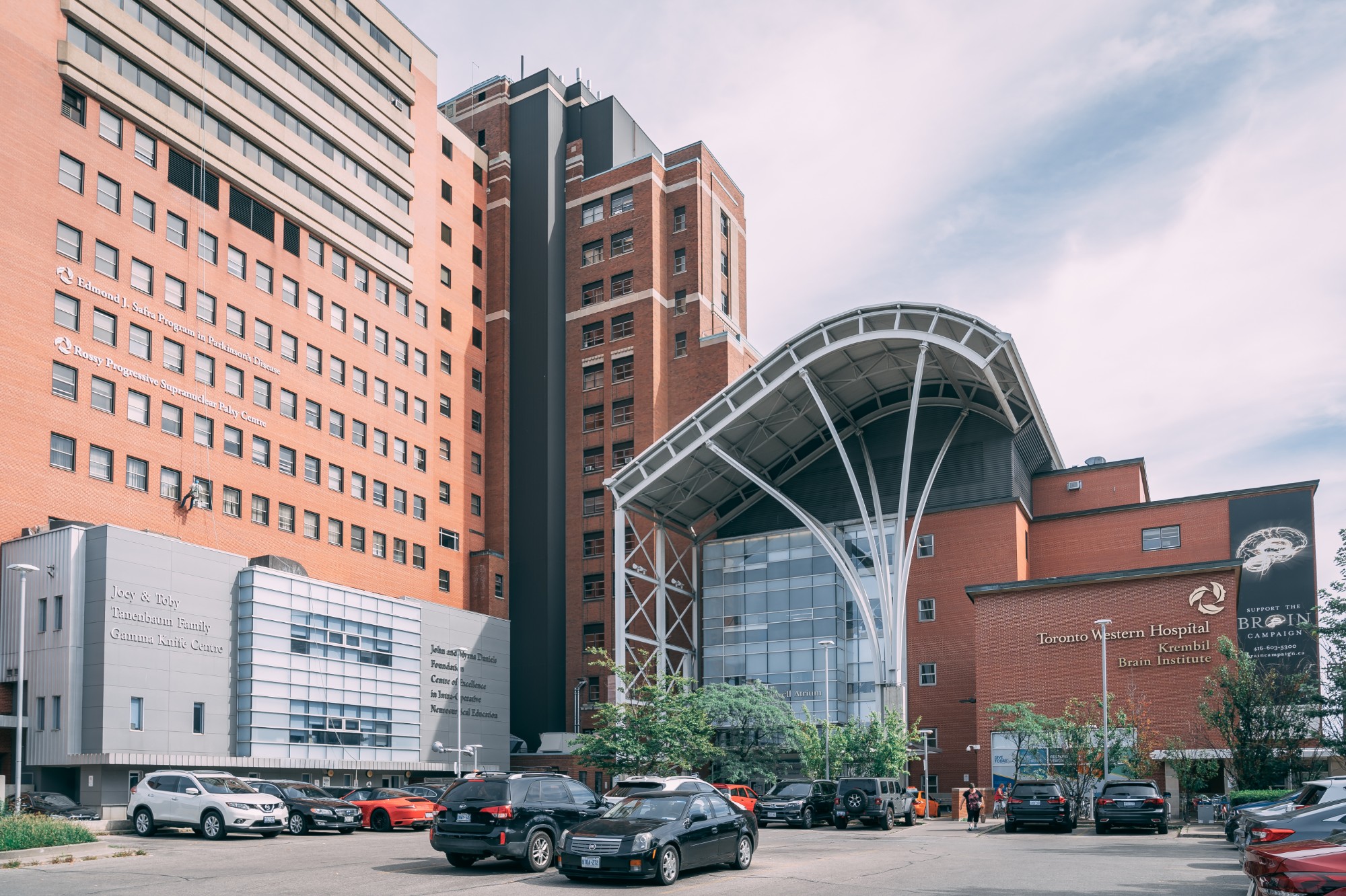Decarbonizing our future

Sustainability is the new way forward for our society and our world. For me, sustainability means innovating and adapting so we can keep living on this planet in a comfortable and future-proof way. For a sustainable solution to be viable and thriving today, it must benefit all stakeholders by providing value to the 3Ps— planet, people, and profit.
First and foremost, sustainable solutions need to be beneficial for the planet. They must be both the best option now and meet the long-term sustainability needs of the future to ensure the earth remains a liveable place for us and generations to come. An essential measure of a solution's benefit to the planet is its impact on greenhouse gas emissions. Deploying sustainable initiatives that significantly reduce emissions and our overall carbon footprint leads to a healthier planet and future for all.
Secondly, sustainable solutions need to be practical and solve people's problems. They should make life easier and have a meaningful impact on the health and well-being of society. Electric cars are a good example. People need to get around, so it's crucial to identify and accelerate innovations that will allow us to travel sustainably. Sustainable solutions that don't give people a more comfortable life will not be effective in the long term.
Finally, sustainable solutions need to be profitable so that they are attractive to both companies and consumers alike. They must make financial sense to all stakeholders for businesses and buying customers to continue supporting them. For example, as consumers, we may be willing to pay a premium for an organic apple, but we are not going to pay 20 times more. This is where government incentives come in. They are essential in ensuring profitability and making sustainability an attractive choice for all stakeholders. For example, providing incentives to companies that act sustainably and imposing carbon taxes on those that do not is one of the ways policy is helping shape profitable, sustainable solutions that will decarbonize our future.

With our partners' help, Noventa is building an incredible 3P solution at Toronto Western Hospital. When completed, Noventa's Wastewater Energy Transfer™ project will be the largest wastewater energy system in the world, supplying over 19MW of green thermal energy.
The hospital is located near one of the city's main sanitary sewers, a collection point for all the sewers in the surrounding neighbourhoods. By using the power of the HUBER ThermWin® technology, we are harvesting energy from the wastewater flowing through this sewer to heat and cool the building without producing any scope 1 carbon emissions.
The HUBER ThermWin® technology consists of two components: an ROK4® screening device that screens solids out of the wastewater and a self-cleaning RoWin® heat exchanger that receives the sieved wastewater and transfers energy from the wastewater to clean water and vice-versa. The technology has already been proven, validated, and successfully deployed in over 50 installations globally, but those installations are small, with the largest project using only two heat exchangers. This project is the first of its kind in size, using 16 heat exchangers - which will significantly increase the benefit to the 3Ps.
The project reduces the hospital's emissions by 8,400 tonnes each year. That’s the equivalent of taking 1,800 cars off the road each year. We are also saving 43,000 litres of drinking water annually as our solution eliminates the need for cooling towers. This project demonstrates the power of our solution to decarbonize the planet and will be the precedent for many more projects.
For people, there are a couple of major benefits. First, Noventa is taking care of the entire operation—from initial design to building and financing the project to maintaining the operational asset. The hospital's facilities group does not have to worry about project development or plant maintenance, reducing the time, money and resources required by the hospital. Furthermore, this project gives the hospital a straightforward way to test and screen wastewater for pathogens to discover and prevent diseases.
When it comes to profit, this project benefits all stakeholders—the client, our business, and investors. The hospital is saving money while decarbonizing the building, and we take a worthless product —wastewater—and give it value. This allows the City to generate revenue from an asset that had no value and reinvest those proceeds in the community.
The Toronto Western Hospital project creates the foundation for more innovative Wastewater Energy Transfer™ projects across Canada. This exciting new renewable energy technology can be used in many settings, including universities, hotels, data centres, and residential developments. The only prerequisite is that the facility must be close to a sewer, which isn't typically an issue. Where there are large numbers of people producing sewage, there are sewers!
Achieving a profitable, problem-solving, and planet-benefiting sustainable solution isn't an easy task. The organizations that see the most success are those that respect and empower their people to do their best, both in and out of the workplace. This starts at the top and needs to extend throughout the business. Establishing a company culture in which everyone feels accepted, comfortable sharing their thoughts, and free to be themselves is critical. In this type of environment, we will generate the best ideas and create innovative solutions that will allow us to live sustainably and comfortably on this planet.
Innovation doesn't just happen – it comes to life through people who believe. Noventa recognizes this. The culture at Noventa is unique because nothing is impossible here. When we hit a bump in the road, we do not give up; we push forward and ask what else we can do to achieve our goals. Decarbonizing our future is possible, and we are doing our part to make it happen.
